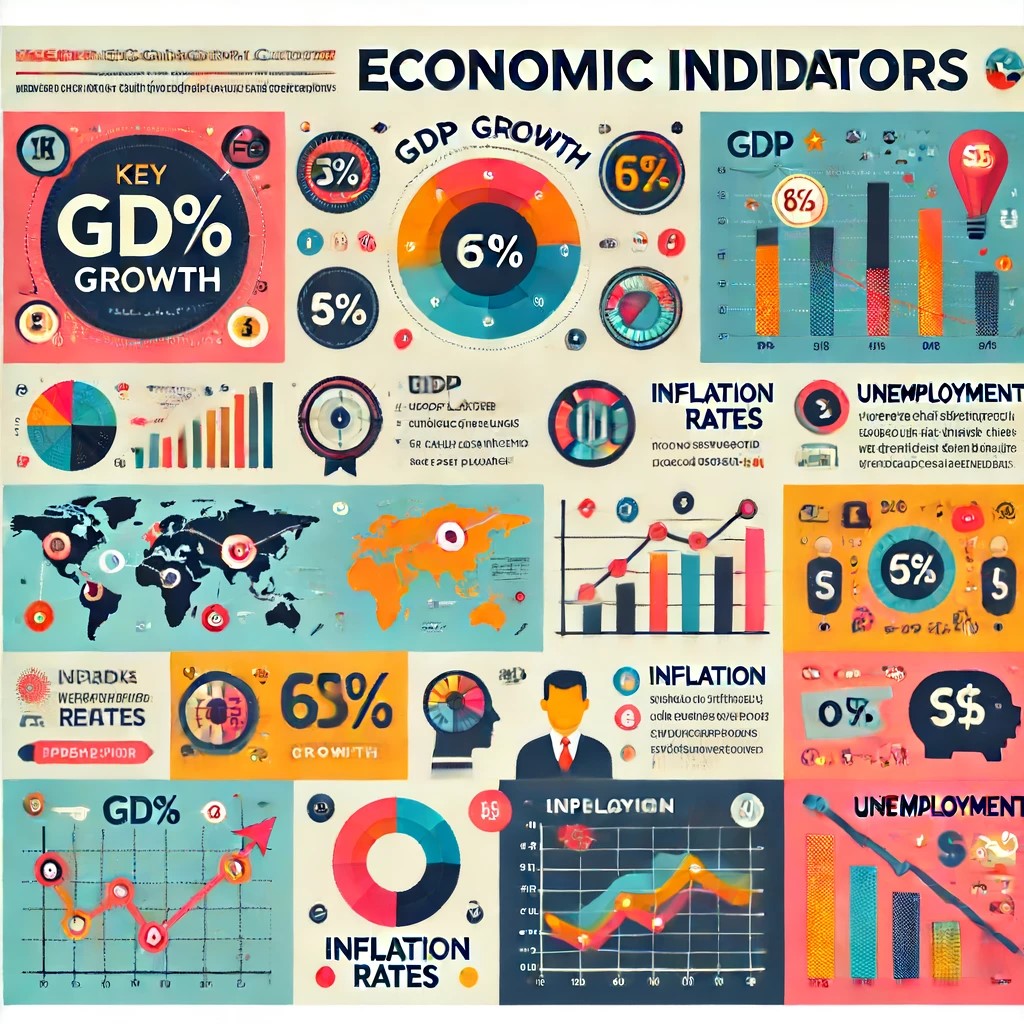In the intricate world of financial markets, economic indicators play a crucial role in shaping investment strategies and market predictions. These indicators are statistical metrics used to measure the overall health of the economy, guiding investors, policymakers, and economists in their decision-making processes. This article explores the various types of economic indicators, their impact on market forecasts, and the current trends influencing their interpretation.

Understanding Economic Indicators
Economic indicators can be broadly categorized into three types: leading, lagging, and coincident indicators.
1. Leading Indicators: These are forward-looking indicators that signal future events. They include stock market returns, housing starts, and the Index of Consumer Expectations. Leading indicators are particularly valuable as they can give an early signal about the direction in which the economy might be heading.
2. Lagging Indicators: These indicators reflect the economy's performance after changes in the economic cycle have already been observed. Examples include unemployment rates and consumer price indices. Lagging indicators are useful for confirming what leading indicators predict.
3. Coincident Indicators: These indicators change at approximately the same time as the whole economy, thereby providing information about the current state of the economy. Gross domestic product (GDP) and retail sales are examples of coincident indicators.

Impact of Economic Indicators on Market Predictions
Economic indicators provide vital clues about the economic environment, influencing stock markets, bond prices, and currency exchange rates. Here’s how:
1. Stock Markets: Leading indicators like consumer confidence surveys and manufacturing indices can predict economic activities that affect corporate profits and, by extension, stock prices. For instance, a rise in consumer confidence can lead to increased spending, boosting retail stocks.
2. Bond Markets: Indicators such as inflation rates and central bank policy changes directly impact bond markets. For example, if inflation is rising, central banks may raise interest rates to temper inflation, leading to higher yields on newly issued bonds.
3. Forex Markets: Exchange rates are influenced by economic indicators such as interest rate differentials between countries, GDP growth rates, and trade balances. Traders use these indicators to speculate on currency movements.

Current Trends and Future Predictions
1. Real-Time Data Analytics: With advancements in technology, the use of real-time data analytics in economic forecasting is increasing. This allows for more timely and accurate market predictions, enabling investors to make quicker investment decisions based on the latest economic indicators.
2. Predictive Analytics and Machine Learning: The future of economic forecasting lies in the integration of artificial intelligence and machine learning. These technologies can analyze vast amounts of economic data quickly and predict market movements with greater accuracy than traditional methods.
Conclusion
Understanding how economic indicators influence market predictions is fundamental for investors aiming to optimize their investment strategies. As we move forward, the integration of technology in economic analysis is likely to enhance the predictive power of these indicators, providing investors with sharper tools to navigate the complexities of global markets. This dynamic interplay between economic data and technology will continue to define the landscape of market predictions in the foreseeable future.


